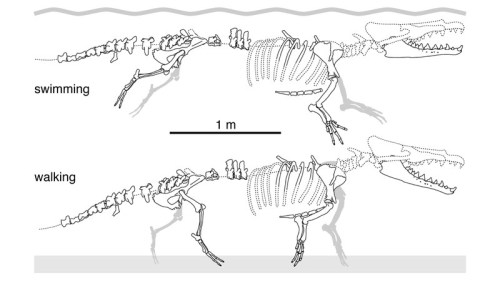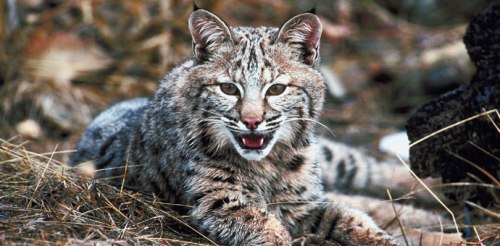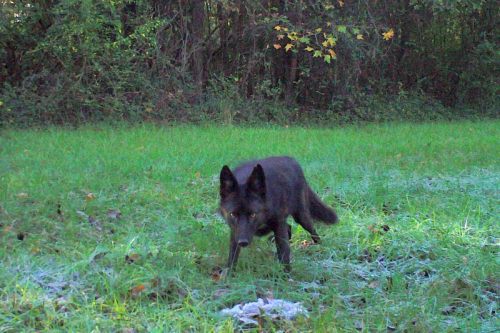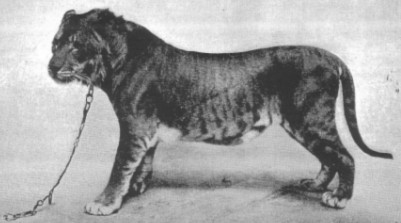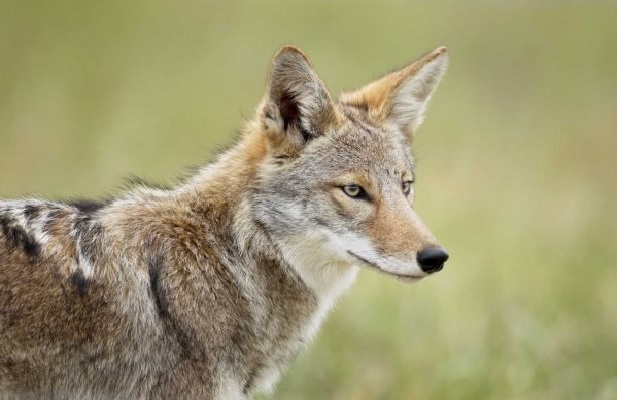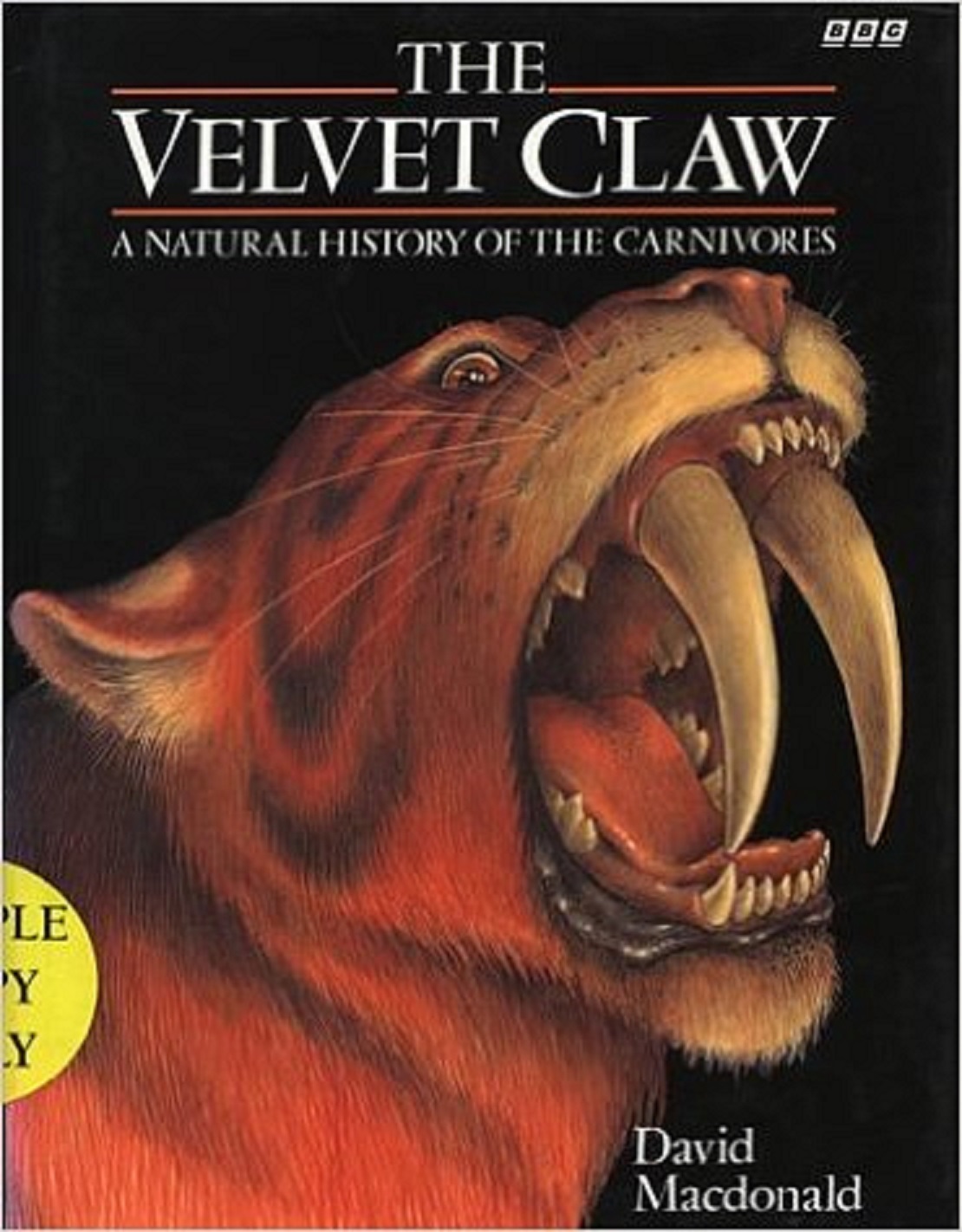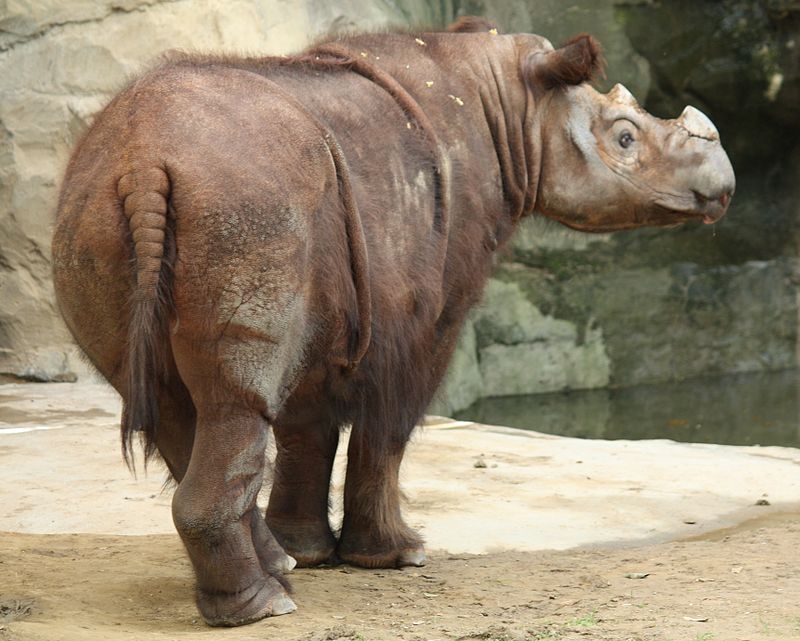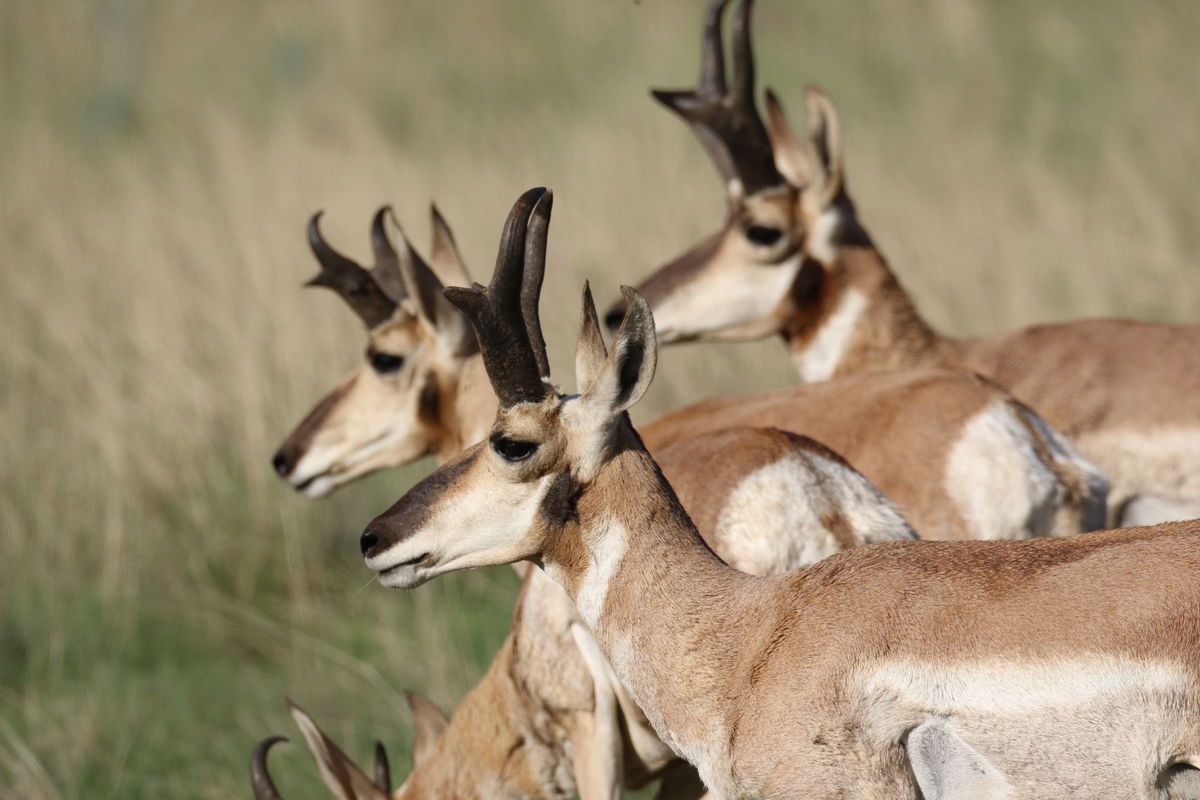
Our brains like simple answers. We love to see the cause and then the effect, and we constantly look for them in nature. At one time, we believed that the appearance of comets in the sky would be harbingers of great doom. And even in the past century in my home state, it has long been claimed that the appearance of Mothman in the area around Pt. Pleasant corresponded with the Silver Bridge collapse.
Correlation does not equal causation. Chanticleer, that old rooster of English Medieval lore, believed that his crowing at dawn made the sun rise. When two variables occur at the same time but don’t have any causal relationship, they are called stochastic. Stochastic is one of my favorite words from graduate school, and even today when someone posits a bogus relationship between two variables, I say “Those are stochastic variables.” I get some odd looks, but that was the point.
In trying to understand the complex phenomena that comprise evolution, we are constantly looking for these relationships. Some of them make some good sense and are well-supported with the data. We know that predators are the driving force behind making the prey swift and nimble, and we also know that plant-eating animals are the driving force behind the development of thorns and toxic plants.
But sometimes, our desire to see patterns leads us astray. One example of what may be an erroneous positing of stochastic variables involves one of North America’s most unusual animals.
If one were to go to Wyoming on a hunting trip, there is a good chance that the outfitter will tell you to buy “antelope tags.” Tags, of course, are licenses that give permission to the hunter to take a particular species, and in Wyoming, there is great interest in the pursuit of antelope.
But the little secret is there are no antelope in Wyoming. Indeed, the only true antelope in the United States are gemsbok that have been introduced to specific part of New Mexico, and Texas game ranches are full of various species of Old World antelope.
But no true antelope is native to the Americas. The animal we call an “antelope” should be more appropriately called “the pronghorn.” It is not an antelope at all, but it is the last survivor of a lineage of creatures that are much more closely related to the various giraffe species and the okapi. The pronghorn and its extinct kin are placed in a superfamily of Artiodactyla called Giraffoidea. These animals have bony processes that stick off their heads. In the giraffe and okapi, these are called ossicones and are covered in hair. In the pronghorn, a sheath of keratin grows over the bone. This sheath is shed every year, which leads to the claim that the pronghorn is the only animal that loses its horns every year.
The animal we call a pronghorn is superficially quite similar to what we would call an antelope or gazelle in the Old World. But these similarities arose through parallel evolution. Both gazelles and pronghorns evolved in the open land where all sorts of cursorial predators hunted them. Predation forced these animals into swiftness and nimbleness.
That part is not much up for debate.
The problem comes with a specific claim about pronghorns. One odd feature of this species is its speed. The top speed of an adult pronghorn is 55 mph (88.5 km/h). This speed far exceeds any of its predators that were around in historical times. A pronghorn can smoke a pack of wolves or coyotes and can easily outrun a cougar or a bear.
This high speed has vexed science for quite some time, but there has been an attempt to explain how it could evolved using predation as the driving force.
The hypothesis even points to a specific predator.
At one time the cougar lineage was much more diverse than it is now. Right now, only three cats still exist in this lineage: the cougar/mountain lion/puma/catamount/painter/panther (all names for one species), the jaguarundi, and the cheetah of Africa and Iran.
But during the Pleistocene, there were long-limbed cats that superficially resembled the cheetahs of the Old World. They were called “American cheetahs,” but analysis of mitochondrial DNA extracted from their fossils revealed they were much more closely related to cougars. Indeed, they were more closely related to cougars than cougars are to jaguarundi, which complicates the whole move to place jaguarundis in the same genus as the cougar. The two extinct American cheetahs are currently classified in the genus Miracinonyx, while the cougar is in Puma and the jaguarundi is in Herpailurus. Because these two American “cheetahs” are closer to the cougar, placing the jaguarundi in Puma creates a paraphyletic genus. This problem could all be solved if we just placed the two American “cheetahs” into Puma, but not everyone agrees with the mitochondrial DNA assessment of their phylogeny.
Let’s just say that the current pronghorn species lived at the same time as these lithe cougars, and it has been suggested that these cheetahs are the driving force behind the evolution of the extreme speed. The person who came up with this suggestion was a pronghorn expert named John Byers. Byers does not claim that these “cheetahs” were the sole force behind the development of speed in pronghorns. Instead, he lists them among a whole guild of running predators that could have placed selection pressures on pronghorns to force them into the evolution of speed.
The claim that these “cheetahs” were the driving force behind pronghorn speed has been picked up on the popular press though. Wildlife writer Dan Flores even made this claim recently on the Joe Rogan Podcast, and one can find countless pieces on the internet (including this blog when I was a lot more naive) that the extinct North American cheetahs are the “but for” cause of the pronghorn’s fleetness.
The problem with this claim is that it leaves out the nuance of the original hypothesis, and what we’re left with is a sort of cartoon version of evolution.
On the blog Laelaps, a great amount of skepticism is leveled at this hypothesis, largely because the popular understanding of how North American cheetahs might have affected pronghorn evolution.
One problem is that no one really knows how the two species of North America cheetah lived:
We don’t know very much about the natural history of either Miracinonyx species. Their skeletons are cheetah-ish, but that’s not nearly enough to pin these carnivores as the inspiration for artiodactyl agility. In fact, the ecological context of Miracinonyx bones hints that these cats were not simply speedy specialists who prowled open grasslands.
In their 1990 study, Van Valkenburgh and collaborators noted that later Miracinonyx bones have been found from Nebraska to Pennsylvania and Florida in deposits which accumulated under varying conditions. These cats were apparently just as at home among coastal savannahs as mountain stream valleys. More recently, at the 2010 Society of Vertebrate Paleontology meeting, John-Paul Hodnett and coauthors presented a poster about Miracinonyx that frequented caves in prehistoric Grand Canyon, Arizona. There was a distinct lack of fast-running, open-savannah prey animals during the same time period – the researchers noted that the extinct mountain goat Oreamos harringtoni was the most common possibly prey animal in the area. Rather than speeding over the grasslands, Hodnett and colleagues reported, the Grand Canyon Miracinonyx may have lived like snow leopards, bounding down sheer rock faces in pursuit of mountain goats.
This isn’t to say that Miracinonyx never bolted after equally-swift prey. It’s only to point out that we don’t know much about the cat’s ecology, feeding habits, or hunting strategy. There are a few ways we could find out a bit more, though.
Coprolites attributable to Miracinonyx might contain identifiable bone fragments of the cat’s prey. And while such a find is a longshot, perhaps a trackway made by a Miracinonyx running or launching itself into pursuit could tell us about how these cats actually moved. Both lines of evidence suffer from the complexities of accurately attributing a particular trace fossil to a trace-maker, though. Another route may be to compare the isotopic clues in the teeth of Miracinonyx to those of their potential prey, as was recently done for two sabercats and a bear dog found in Spain. By ascertaining where herbivores were feeding, and how geochemical signatures of prey became locked in carnivore teeth, paleontologists could narrow down the preferred habitats and prey of Miracinonyx. Furthermore, a poster presented by Natalia Kennedy and coauthors at the 2012 SVP meeting outlined a new attempt to compare the spine of the modern cheetah to that of Miracinonyx and other extinct cats to see how skeletal anatomy influenced flexibility and lifestyle.
Miracinonyx might have been the reason for the swiftness of pronghorn. False cheetahs and archaic pronghorn overlapped in time, if not habitat, for as much as three million years. But saying Miracinonyx was certainly a speed demon that gave pronghorn a reason to run is only supported by the barest amount of evidence. If we’re going to understand the evolution and natural history of these animals, we must first untangle their histories and the specific details of their ecology. The Just-So story of how the pronghorn got its speed has yet to be tested by the evidence which resides in the fossil record.
So we really don’t know enough about the extinct North American “cheetahs” at all, and we certainly don’t know enough to make claims that they were the driving force behind the evolution of speed in pronghorns.
Further, if one reads Byers’s text on these predators, he does say that these cheetahs were “the principal agents of selection” behind the pronghorn’s speed, but the author does point out that things like dholes, wolves, and various species of Borophaginae could have been part of the mix as well.
Pronghorn don’t just have speed. They have endurance. Endurance is one way that Old World antelope elude the speed of cheetahs, but the main way they elude them is through agile running maneuvers. Pronghorn are fast, but they don’t have the quick turns of a Thomson’s or dorcas gazelle.
If these North American “cheetahs” ran down their prey in the same way the Old World true cheetahs do, then one would expect the pronghorn to have evolved some of these tricks.
Instead, pronghorn are running machines. They can take off and go and go and go. An animal that evolved to do such a thing likely didn’t evolve to outpace a sprinting cheetah. It likely evolved to outrun endurance runners.
Dholes are known in North America’s fossil record largely from Beringia, but we do have remains of dholes from Mexico. So their distribution in North America was probably more extensive than we might have assumed, but their fossil record is still quite spotty. Dholes run down their prey in long endurance chases, and dhole predation could have been a pretty strong selection pressure on pronghorns to make them fast endurance runners.
But another species could have also provided this pressure, and its presence in North America is well-established. What’s more, it lived in roughly the same areas where pronghorn were common.
This animal was North America’s only hyena, Chasmaporthetes ossifragus. These hyenas were far less like the modern bone-crushing species of hyena. Indeed, they were quite dog-like and are part of a grouping of hyenas that were called “dog-like hyenas.” The only dog-like hyena still in existence is the aardwolf, which eats almost nothing but termites. Its extinct relatives, though, were pretty adept predators of ungulates. They are thought to have run down their prey in much the same way dholes and African wild dogs do today.
So it seems that the pronghorn’s speed and endurance are much more likely to have evolved in response to predation from these long-distance running predators.
Further, we really don’t know how early North American wolves hunted their quarry. Edward’s wolf and Armbruster’s wolf were both pretty common in North America until 300,000 years ago. They may have also hunted in much the same way dholes and African wild dogs do. We don’t know enough about their natural history either, so we can only speculate.
The truth is we really don’t know why pronghorns are so fast. It is possible that the North American “cheetahs” were the principal driving force behind the pronghorn’s speed. It is possible, but the evidence still is wanting. Further, there are more likely candidates that should be explored as having some influence on evolution pronghorn predation avoidance behavior.
So it is possible, but right now, it looks like we have two stochastic variables. We need much more evidence for a causal relationship.
And like everything else in evolution, we need to be careful about looking for patterns where they might not exist.
Read Full Post »
